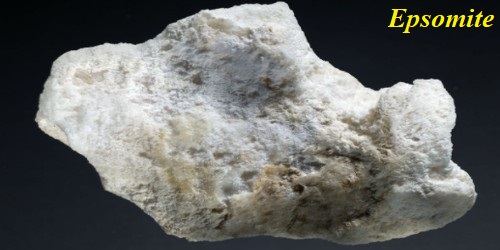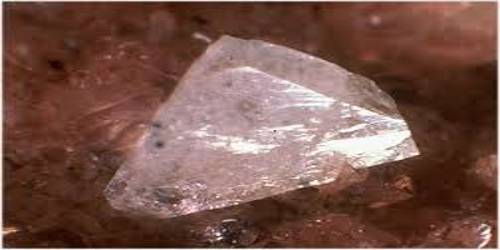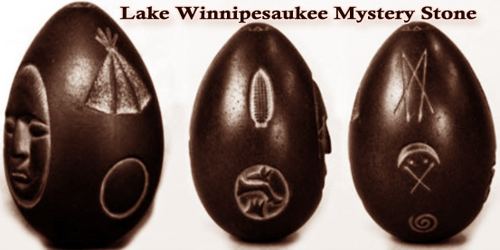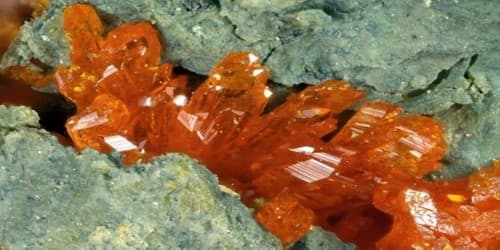Epsomite is a hydrous magnesium sulfate mineral with formula MgSO4·7H2O. It was first systematically described in 1806 for an occurrence near Epsom, Surrey, England, after which it was named. It is actually well known in most households as the artificially created epsom salt. It absorbs water from the air and converts to hexahydrate with the loss of one water molecule and a switch to monoclinic structure.
General Information
- Category: Sulfate mineral
- Formula: MgSO47H2O
- Crystal system: Orthorhombic
- Crystal class: Disphenoidal (222)

Properties
Epsomite crystallizes in the orthorhombic system as rarely found acicular or fibrous crystals, the normal form is as massive encrustations. It is colorless to white with tints of yellow, green and pink. The Mohs hardness is 2 to 2.5 and it has a low specific gravity of 1.67.
- Color: White, grey, colorless, or pink, greenish
- Crystal habit: Acicular to fibrous encrustations
- Fracture: Conchoidal
- Mohs scale hardness: 2
- Luster: Vitreous, silky when fibrous
- Diaphaneity: Transparent to translucent
- Specific gravity: 1.67 – 1.68
Discovery and occurrence
Epsomite forms from as an efflorescent (a precipitation from vapors), on limestone cave walls and on the walls and timbers of various mines. It has been found in deposits from hot springs and fumaroles such as on Mt. Vesuvius, Italy. It forms as encrustations or efflorescences on limestone cavern walls and mine timbers and walls, rarely as volcanic fumarole deposits, and as rare beds in evaporite layers.
It occurs in association with melanterite, gypsum, halotrichite, pickeringite, alunogen, rozenite, and mirabilite.
Information Source:
















